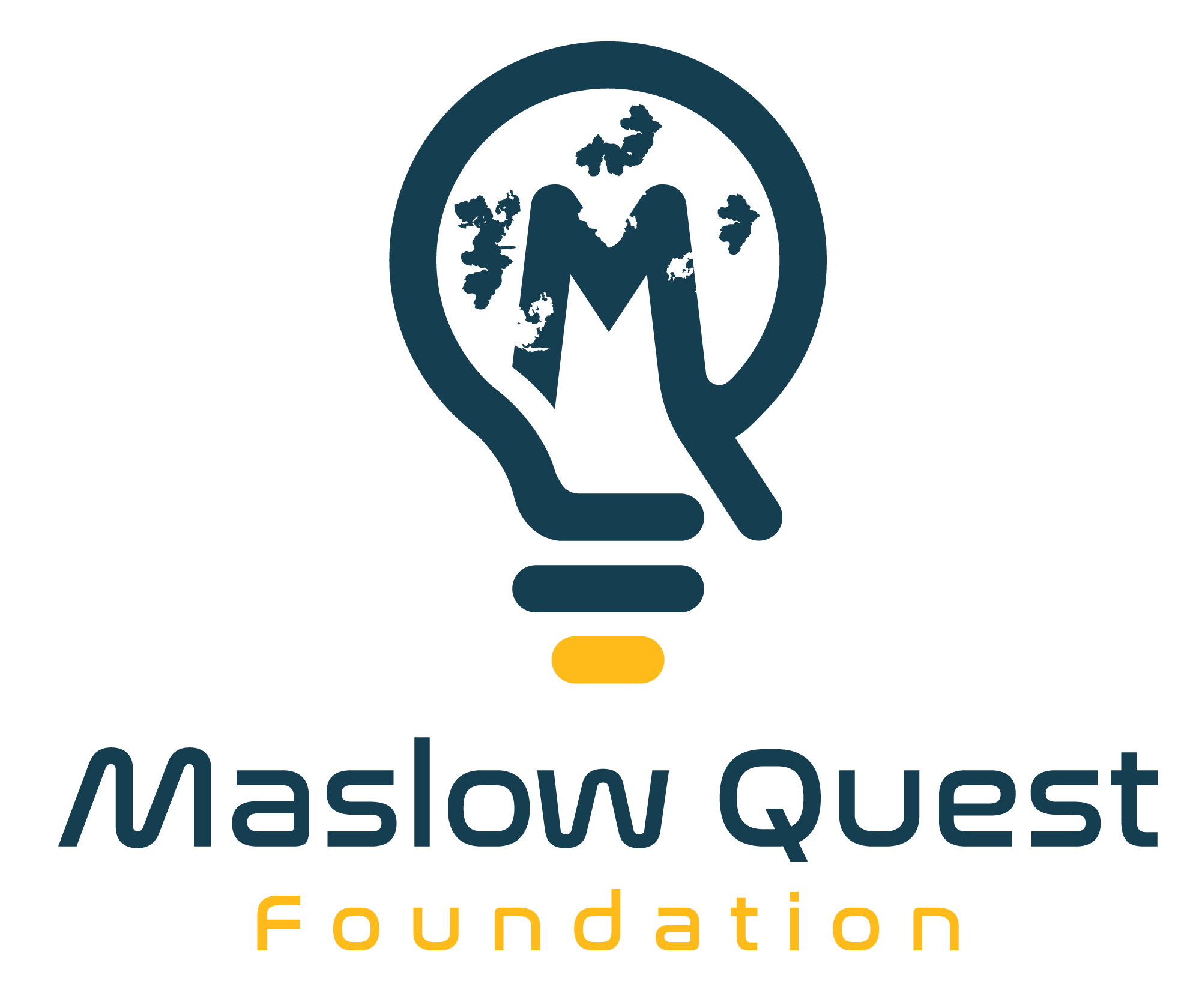Fostering Inclusivity
Fostering inclusivity is the practice of creating environments, whether in the workplace, community, or society at large, where all individuals are valued, respected, and given equal opportunities regardless of their differences. It involves recognizing and appreciating diversity in all its forms, such as race, gender, ethnicity, age, disability, sexual orientation, and more. Here are some strategies and principles for fostering inclusivity:
Raise Awareness: The first step in fostering inclusivity is to raise awareness about the importance of diversity and inclusion. Encourage open dialogue and educate people about the benefits of diversity and the consequences of exclusion.
Leadership Commitment: Leaders at all levels need to demonstrate their commitment to inclusivity. This commitment can be communicated through policies, actions, and consistent messaging that underscores the organization’s commitment to diversity and inclusion.
Inclusive Policies and Practices: Establish and enforce policies and practices that promote inclusivity. These might include anti-discrimination policies, flexible work arrangements, and accommodations for people with disabilities.
Diverse Hiring: Actively seek out a diverse range of candidates when hiring for positions. This can help ensure that your organization reflects the diversity of the community or industry you serve.
Education and Training: Provide training and education on diversity, inclusion, and unconscious bias. These programs can help employees and community members understand the issues and learn how to be more inclusive.
Open Dialogue: Create a culture where open and respectful dialogue about diversity and inclusion is encouraged. Encourage people to share their experiences and perspectives.
Representation: Ensure that people from all backgrounds are represented at all levels of your organization. This means diverse leadership and decision-making bodies.
Mentorship and Sponsorship: Establish mentorship and sponsorship programs to support underrepresented groups in their career development. This can help individuals from marginalized backgrounds access opportunities and networks.
Resource Groups: Create affinity or employee resource groups (ERGs) that allow employees to connect and provide support to one another. These groups can also help organizations gather input and implement inclusive initiatives.
Accessibility: Make sure your physical and digital environments are accessible to all, including individuals with disabilities. This includes providing ramps, elevators, sign language interpreters, and accessible websites.
Feedback Mechanisms: Establish feedback mechanisms where employees or community members can report discrimination or exclusion. Ensure that these reports are taken seriously and addressed promptly.
Celebrate Differences: Instead of trying to assimilate everyone into a single culture, celebrate and embrace the differences that make individuals unique. Recognize various cultural holidays and traditions.
Evaluate Progress: Regularly measure and evaluate the progress of your inclusivity initiatives. Use data to assess whether you’re making improvements and adjust your strategies accordingly.
External Engagement: Engage with external organizations and communities to learn from their experiences and share your own efforts in fostering inclusivity.
Long-Term Commitment: Inclusivity is not a one-time effort but an ongoing commitment. It should be integrated into the core values and practices of an organization.
